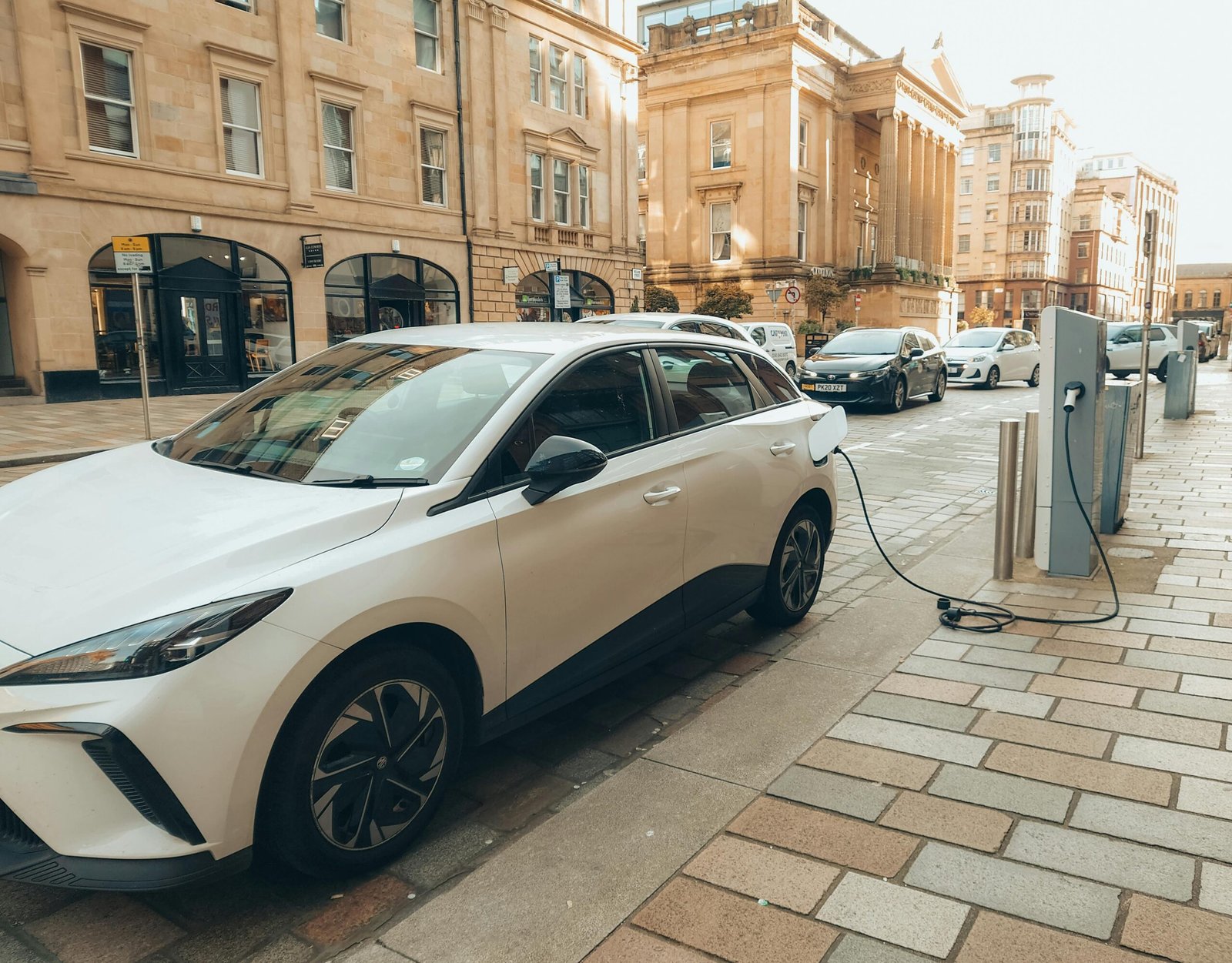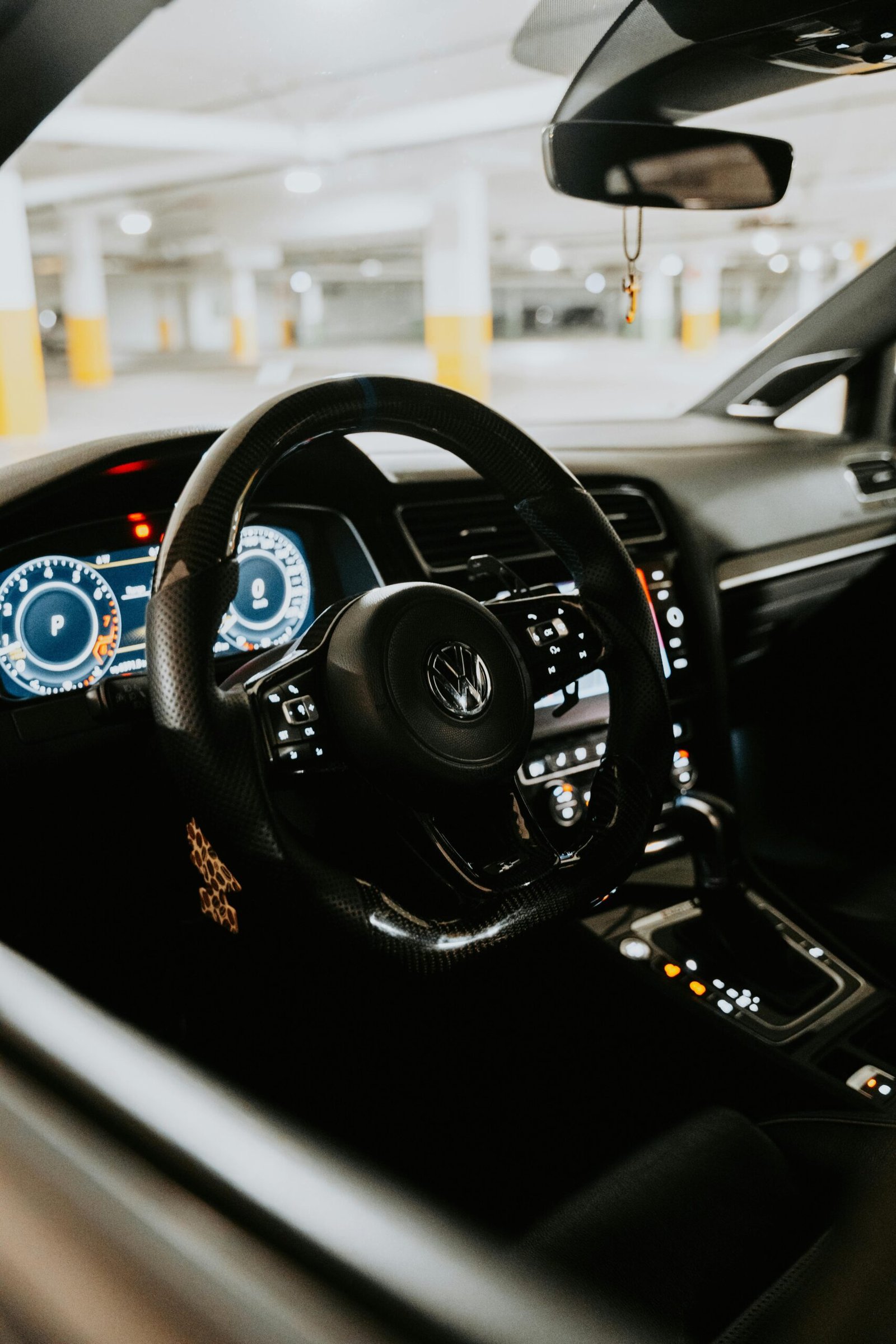Winter can be a tough season for your car, with cold temperatures, snow, ice, and salt all putting extra strain on your vehicle. To ensure that your car runs smoothly and safely throughout the colder months, it’s important to follow a few simple maintenance tips. Taking good care of your vehicle during winter will not only extend its lifespan but also protect you from unexpected breakdowns.
In this article, we’ll go over essential tips for maintaining your car in winter so that you can avoid potential issues and drive confidently, no matter how harsh the weather gets.
1. Check Your Battery
Winter weather can be particularly hard on your car’s battery, especially if it’s already a few years old. Cold temperatures reduce the battery’s ability to hold a charge, making it more prone to failure.
How to Maintain Your Car Battery:
- Test the Battery: If your battery is over three years old, it’s a good idea to have it tested at a service center. Most auto shops offer free battery tests.
- Clean Battery Terminals: Corrosion on the battery terminals can reduce its performance. Clean any corrosion with a wire brush or a baking soda and water solution.
- Check for Leaks: Ensure there are no leaks around the battery. Leaking battery acid can damage your vehicle.
2. Inspect Your Tires and Tire Pressure
The tires are the only part of your car that make contact with the road, so maintaining them during winter is crucial for safety and traction.
How to Maintain Your Tires in Winter:
- Check Tire Pressure: Cold air can cause tire pressure to drop. Underinflated tires have less traction and can wear out faster. Check your tire pressure regularly (at least once a month) and inflate them to the manufacturer’s recommended PSI.
- Switch to Winter Tires: If you live in an area with heavy snow or icy conditions, winter tires are a must. They offer better grip and handling on slippery roads than all-season tires.
- Inspect Tread Depth: Check the tread depth of your tires. If the tread is too low, your tires won’t be able to grip the road effectively, especially in snow or ice. If the tread depth is below 4/32 of an inch, it’s time to replace the tires.
3. Keep the Fuel Tank Full
In winter, condensation can build up in your gas tank, especially if it’s not full. This moisture can mix with the fuel and lead to problems like fuel line freeze-ups.
Why to Keep Your Fuel Tank Full:
- Prevent Fuel Line Freezing: Keeping your tank at least half full helps prevent the moisture inside from freezing in the fuel lines.
- Avoid Gas Line Issues: In extremely cold weather, a full tank reduces the risk of ice forming in the fuel lines, which can block the flow of fuel to your engine.
4. Check and Replace Fluids
Fluids like motor oil, coolant, and windshield washer fluid are critical to keeping your car running smoothly during winter months.
Essential Fluids to Check:
- Motor Oil: Cold weather can thicken motor oil, making it harder for the engine to start. Ensure you’re using the right viscosity for winter. 5W-30 or 0W-30 oils are ideal for cold temperatures.
- Coolant/Antifreeze: Check your coolant levels and ensure that the antifreeze mixture is at the correct ratio. The wrong mixture can cause freezing or overheating. It’s recommended to have a 50/50 mix of antifreeze and water.
- Windshield Washer Fluid: In winter, your windshield can get dirty quickly from snow, salt, and grime. Ensure you have a winter-grade washer fluid that won’t freeze in the cold.
5. Change the Wipers and Check the Heater
Winter weather often means rain, snow, or ice on your windshield, so your wipers need to be in top condition. Additionally, a properly working heater is essential to keep the cabin warm and prevent fogging on the windshield.
How to Maintain Wipers and Heater:
- Replace Wiper Blades: Wiper blades tend to wear out faster in winter due to the harsh conditions. Check them for cracks or wear, and replace them if necessary. Consider getting winter wiper blades, which are designed to resist snow and ice build-up.
- Check the Heater: Make sure your car’s heating system is working well before the weather gets too cold. Also, ensure that the defroster is working properly to keep the windshield clear.
6. Maintain the Brakes
Your brakes are one of the most important safety features, especially in winter when roads can be slippery. Ensure your braking system is in optimal condition before the season hits.
How to Maintain Brakes in Winter:
- Check Brake Pads: Have your brake pads checked regularly. If they’re worn out, replace them before winter.
- Inspect Brake Fluid: Ensure the brake fluid is at the proper level. If the fluid is low, it could cause braking issues, especially in icy conditions.
- Test Brake Performance: Take your car for a test drive before the weather gets too cold. Make sure your brakes are working properly, and listen for any unusual noises.
7. Use the Right Winter Accessories
There are several winter accessories that can make your driving experience more comfortable and safer.
Must-Have Winter Accessories:
- Car Cover: If you don’t have a garage, a car cover can protect your vehicle from snow, ice, and salt buildup.
- Snow Chains: If you live in a snowy area, snow chains can help improve traction on icy or snowy roads.
- Windshield Scraper: Invest in a good-quality scraper to keep your windshield clear of ice and snow.
- Battery Heater: If you live in a very cold area, a battery heater can help ensure that your battery stays in good working condition during extreme cold.
8. Protect the Underbody from Salt and Grime
In areas where roads are salted to prevent ice buildup, the underside of your car can accumulate salt and grime, which can cause rust over time.
How to Protect the Underbody:
- Wash the Undercarriage: Regularly wash the undercarriage of your car to remove salt and debris. Many car washes offer undercarriage cleaning services.
- Rustproofing: Consider getting your car’s underbody rustproofed. This can provide an extra layer of protection against winter road salt.
9. Avoid Aggressive Driving
In winter, roads are often slippery and conditions can change quickly. Aggressive driving can not only put you at risk but can also cause unnecessary wear and tear on your car.
Why You Should Drive Smoothly:
- Avoid Sudden Stops and Starts: Smooth acceleration and braking are essential to maintain control of your vehicle on slippery surfaces.
- Keep a Safe Distance: Increase your following distance to give yourself more time to react to sudden changes in the road or traffic conditions.
- Drive at a Safe Speed: Winter driving requires extra caution. Always adjust your speed according to the road conditions.
10. Keep Your Car Clean
While it might be tempting to skip washing your car during winter, it’s actually important to keep it clean—especially the exterior. Snow, salt, and dirt can build up quickly and cause damage to the paint and undercarriage.
How to Keep Your Car Clean in Winter:
- Wash Regularly: Wash your car at least once a month to remove dirt and salt from the body and undercarriage.
- Wax Your Car: Applying a coat of wax can provide an extra layer of protection against the elements and help keep your car’s paint job intact.
Conclusion
Winter can be tough on your car, but with a little extra care, you can keep it running smoothly and safely all season long. From checking your battery to maintaining your tires, there are several things you can do to ensure your car is ready for the cold months. By following these essential winter car maintenance tips, you can avoid costly repairs, improve your safety, and enjoy a more comfortable driving experience.
FAQs
1. How often should I check my tire pressure in winter?
You should check your tire pressure at least once a month during winter, as cold weather can cause the pressure to drop more frequently.
2. Can I drive with worn-out windshield wipers in winter?
It’s not recommended. Worn-out wipers can reduce visibility and make it harder to clear snow and ice from your windshield, creating dangerous driving conditions.
3. Is it necessary to switch to winter tires?
If you live in an area with significant snow or ice, winter tires are highly recommended. They offer better traction and handling compared to all-season tires.
4. How can I prevent my fuel lines from freezing?
Keep your fuel tank at least half full to prevent moisture from building up and freezing in the lines.
5. What should I do if my car battery dies in winter?
If your car battery dies in winter, try jump-starting it with jumper cables or a portable jump starter. If the battery is old, consider replacing it to avoid future issues.




